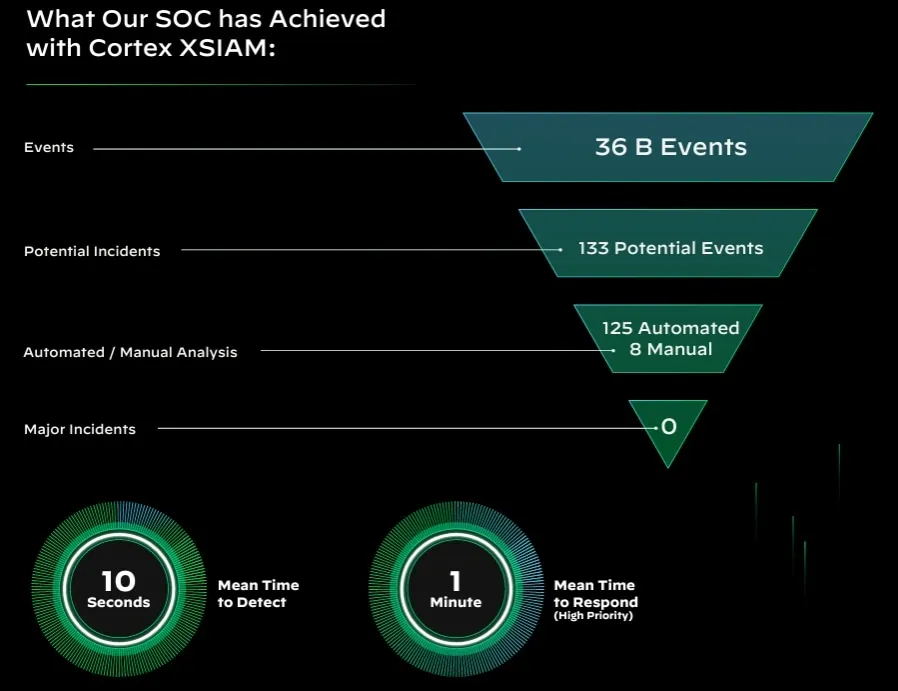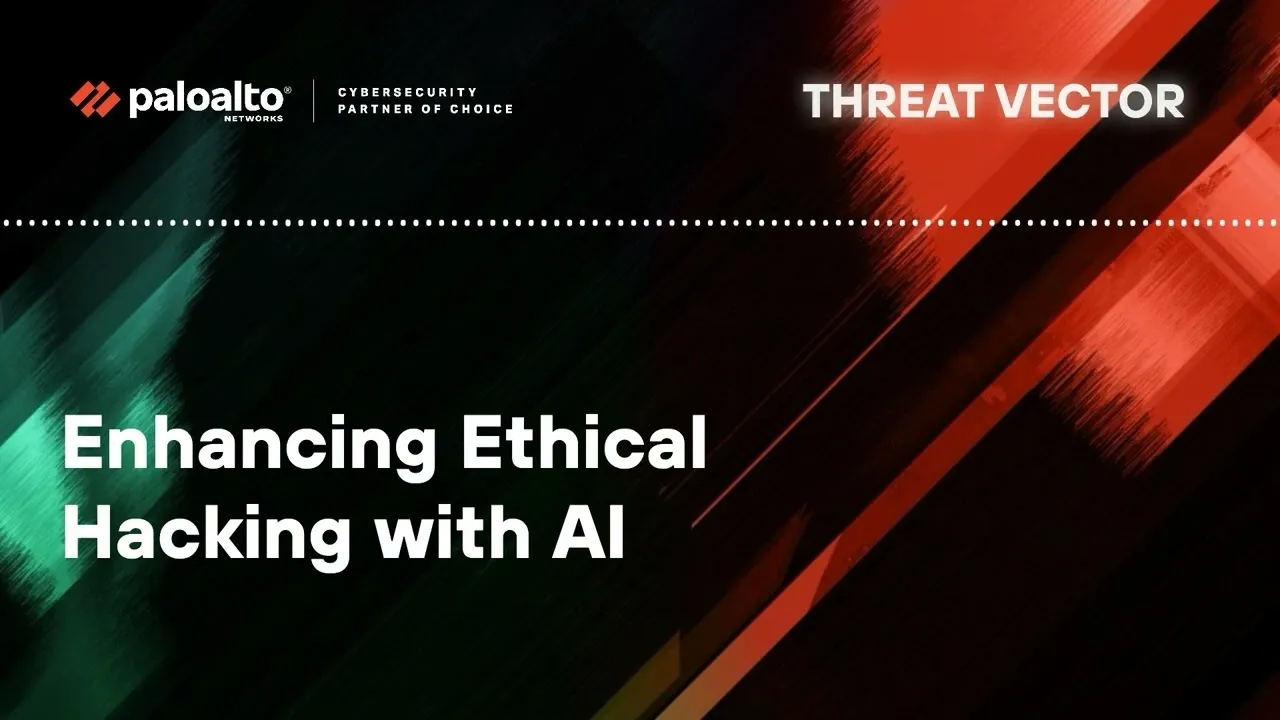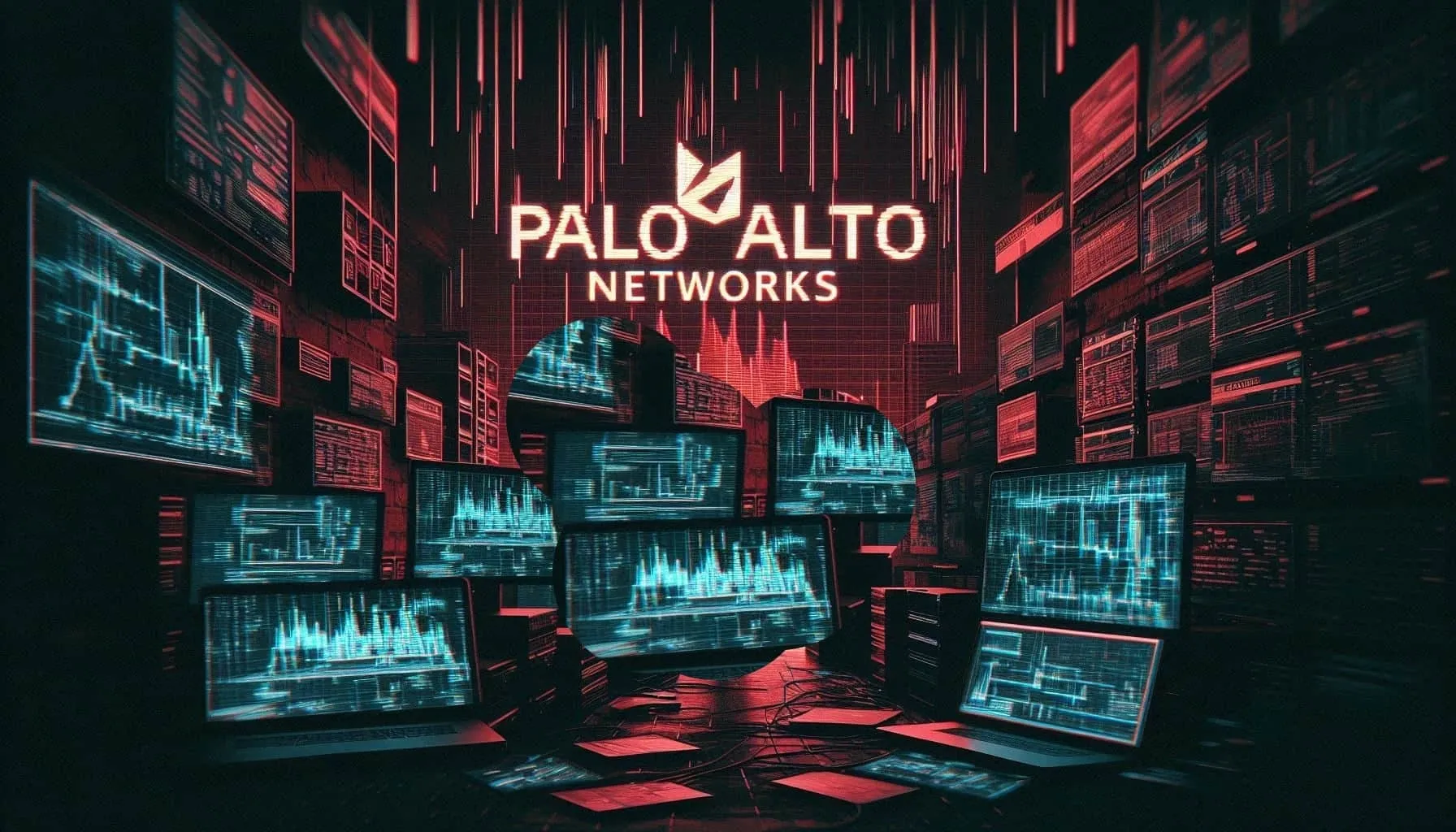The digital age has brought unparalleled convenience, but it has also opened the floodgates for cyber threats. As hackers grow more sophisticated, so must the defenses against them.
Palo Alto Networks, a leader in cybersecurity, is leveraging the power of artificial intelligence (AI) to predict and thwart cyberattacks before they happen. This blog delves into how Palo Alto is hacking the hackers with innovative AI technology and what it means for the future of cybersecurity.
The Evolving Cybersecurity Landscape
Cyberattacks have shifted from simple malware to highly coordinated campaigns targeting governments, businesses, and individuals. Traditional security measures, like firewalls and antivirus software, are no longer sufficient to tackle these advanced threats.
Here's why:
-
Speed and Complexity of Attacks: Modern cyberattacks can occur in milliseconds, leaving minimal time for response.
-
Volume of Data: Organizations produce massive amounts of data, making it difficult to detect anomalies manually.
-
Human Limitations: Security teams cannot keep up with the sheer scale and sophistication of modern threats.
This is where artificial intelligence steps in as a game-changing force.
Palo Alto's AI-Powered Solutions
Palo Alto Networks is at the forefront of using AI to combat cyber threats. Their AI-driven platform, Cortex XSIAM (Extended Security Intelligence and Automation Management), is designed to predict, detect, and respond to cyberattacks in real-time.

Here’s how it works:
Threat Prediction:
-
AI analyzes vast amounts of data from endpoints, networks, and cloud environments.
-
It identifies patterns that indicate potential attacks, even before they occur.
Automated Detection and Response:
-
Cortex XSIAM automates threat detection, reducing the time it takes to respond from hours to seconds.
-
It uses machine learning to prioritize alerts, ensuring that security teams focus on the most critical threats.
Behavioral Analysis:
-
AI monitors user and entity behavior to detect anomalies that may signal insider threats or compromised accounts.
-
This proactive approach helps uncover subtle threats that traditional tools might miss.
Continuous Learning:
- The AI system improves over time by learning from new threats and adapting its models.
Why AI Is the Future of Cybersecurity
Palo Alto’s adoption of AI reflects a broader trend in the cybersecurity industry.

AI not only makes threat detection faster and more accurate but also empowers organizations to stay ahead of attackers. Key benefits include:
-
Scalability: AI can handle vast amounts of data without requiring additional human resources.
-
Precision: Machine learning algorithms minimize false positives, ensuring security teams don’t waste time on unnecessary alerts.
-
Proactivity: Instead of reacting to attacks, AI enables a predictive approach to cybersecurity.
Looking Ahead
As cyber threats continue to evolve, companies like Palo Alto Networks are proving that innovation is the key to staying ahead.
By harnessing AI to predict and neutralize attacks, they are setting a new standard for cybersecurity.
For businesses, the message is clear: investing in AI-driven security solutions is no longer optional—it’s essential. As Palo Alto leads the charge, the question isn’t whether AI will transform cybersecurity, but how quickly organizations can adapt to this new paradigm.
With AI as a critical ally, hacking the hackers is no longer a distant goal—it’s happening now.







